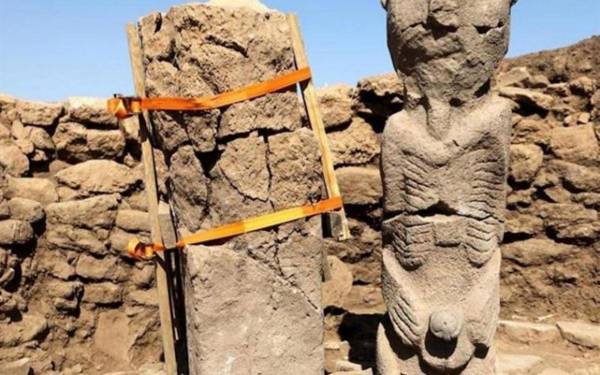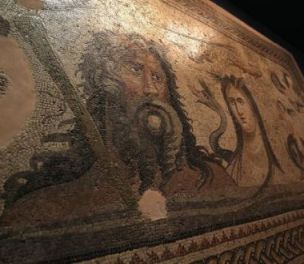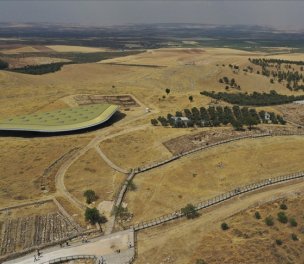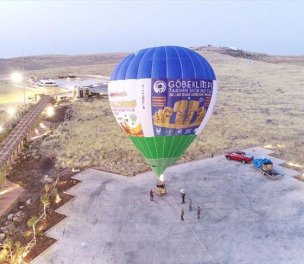Neolithic period artifacts excavated in Urfa to be exhibited for the first time

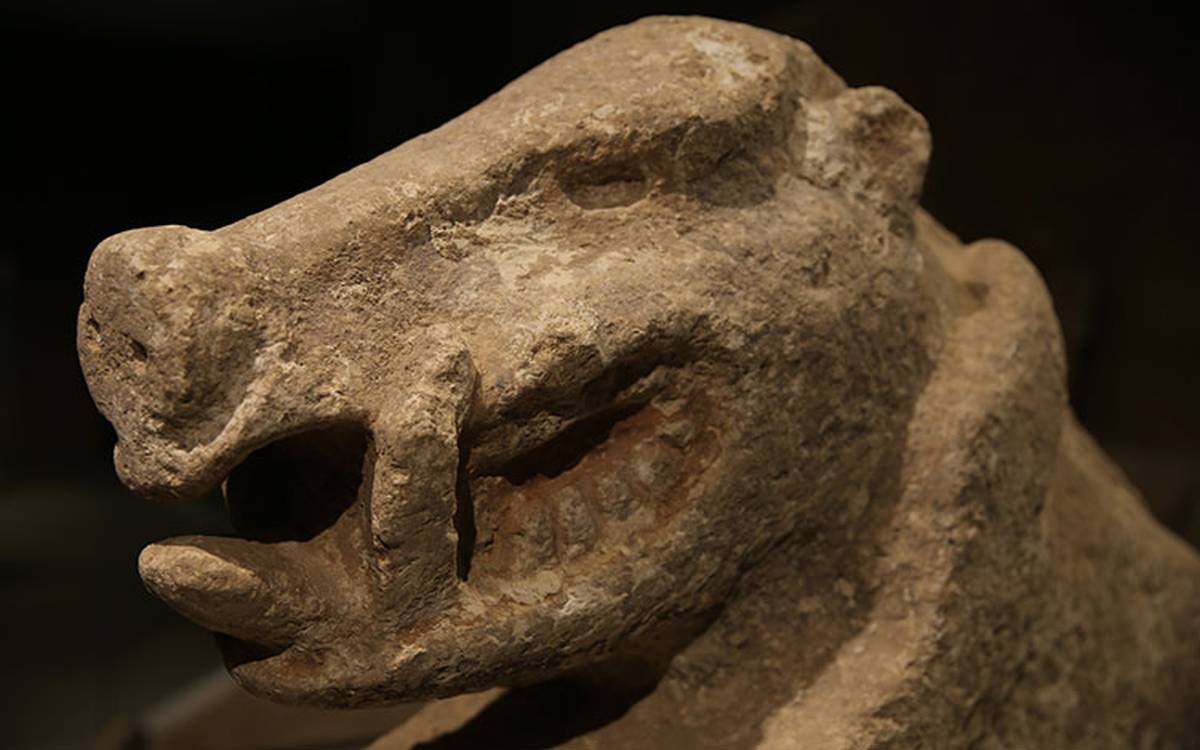
In the Şanlıurfa Archaeology Museum, opened to visitors in 2015, 81 artifacts from the Neolithic period will be exhibited for the first time.
With an area of 60,000 square meters, 30,000 of which are indoors, the museum displays artifacts excavated from sites such as Göbeklitepe and Karahantepe, referred to as the "zero point of history."
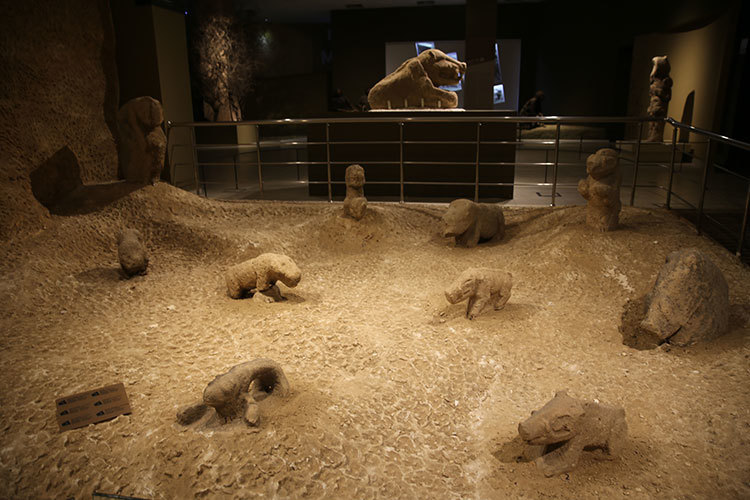
According to a report by Anadolu Agency, 81 artifacts excavated as part of the Stone Hills project will meet visitors for the first time in the museum in Urfa, which was affected by the flood on March 15, 2023, and will reopen to visitors after repair works.
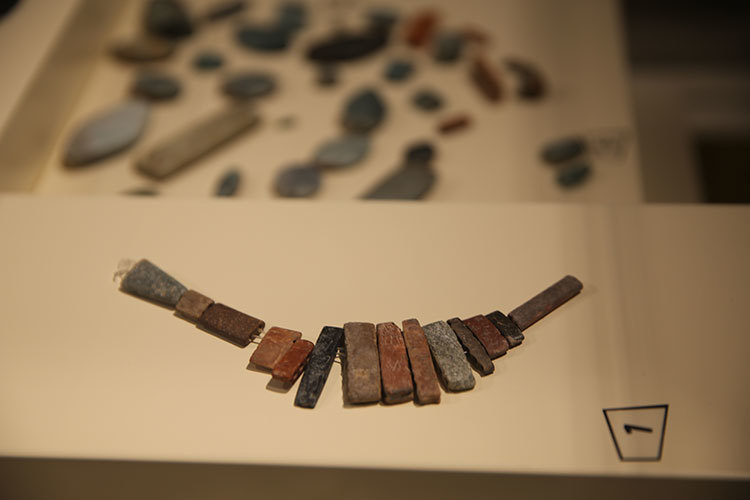
Among these artifacts are sculptures of a "wild boar" and a "red vulture" made of limestone with paint residues on the surface, as well as human figurines and ornaments made of beads, found in the "D structure" of Göbeklitepe.
Celal Uludağ, the Director of the Şanlıurfa Museum, stated, "With the opening of our museum in February 2024, 81 artifacts from the Neolithic period will be exhibited in our museum. Among these artifacts, the most important one to mention is the painted boar sculpture. We can describe this sculpture as the oldest painted sculpture in the world that has survived from the Neolithic period to the present day. Additionally, we can mention the oldest vulture sculpture as well. The human figurine, always remembered with the discovery of Göbeklitepe, is also among the new artifacts to be exhibited in our museum."
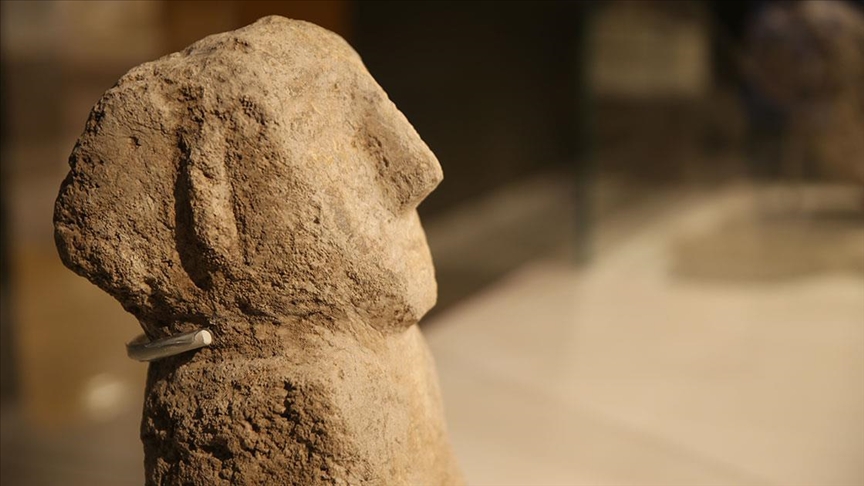
Uludağ also mentioned that the 2024 World Neolithic Congress will be held in Urfa. (AÖ/PE)




